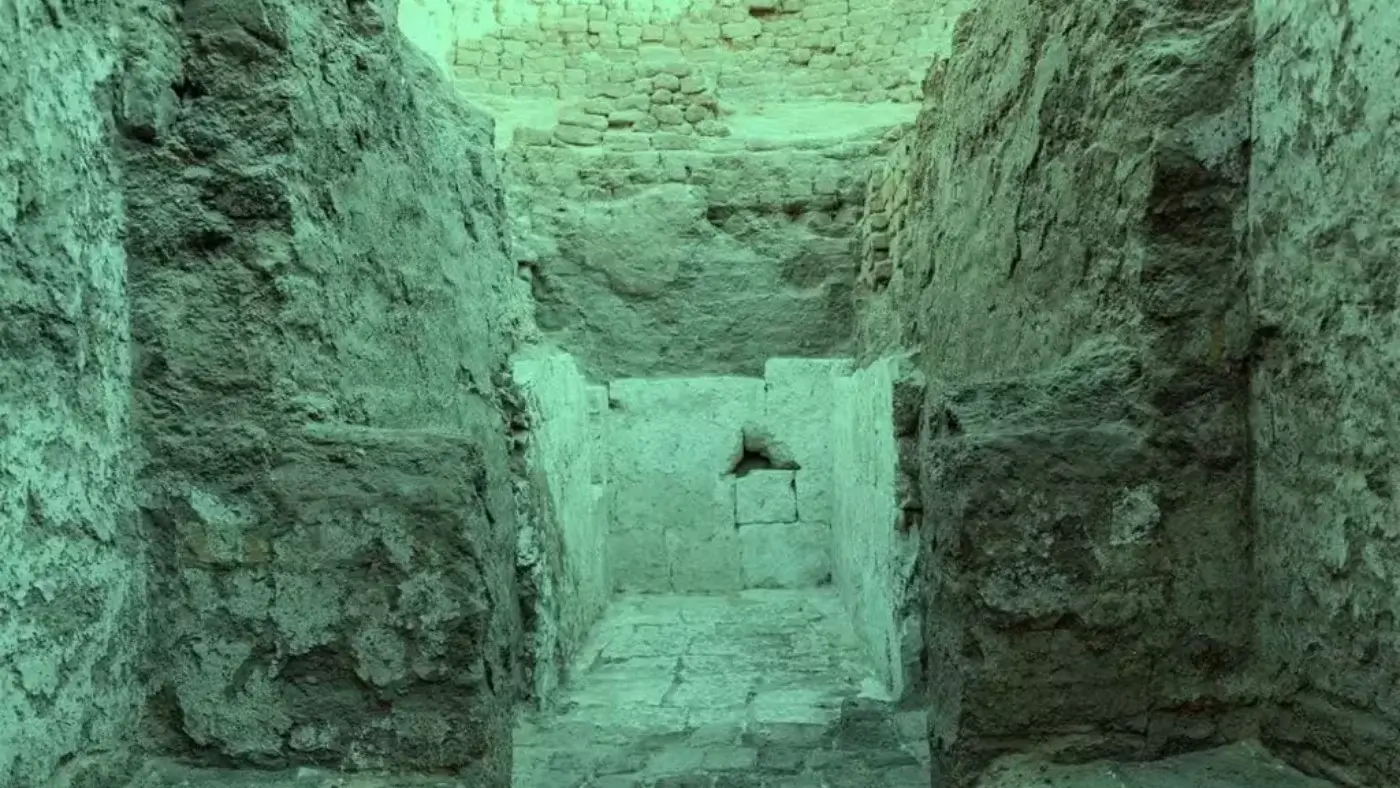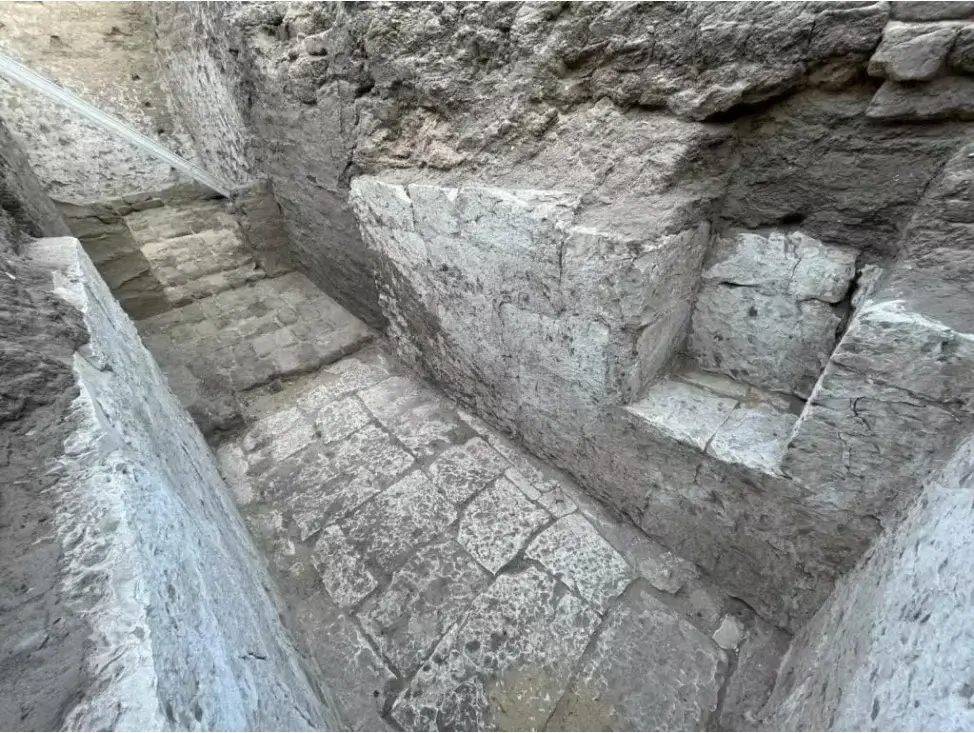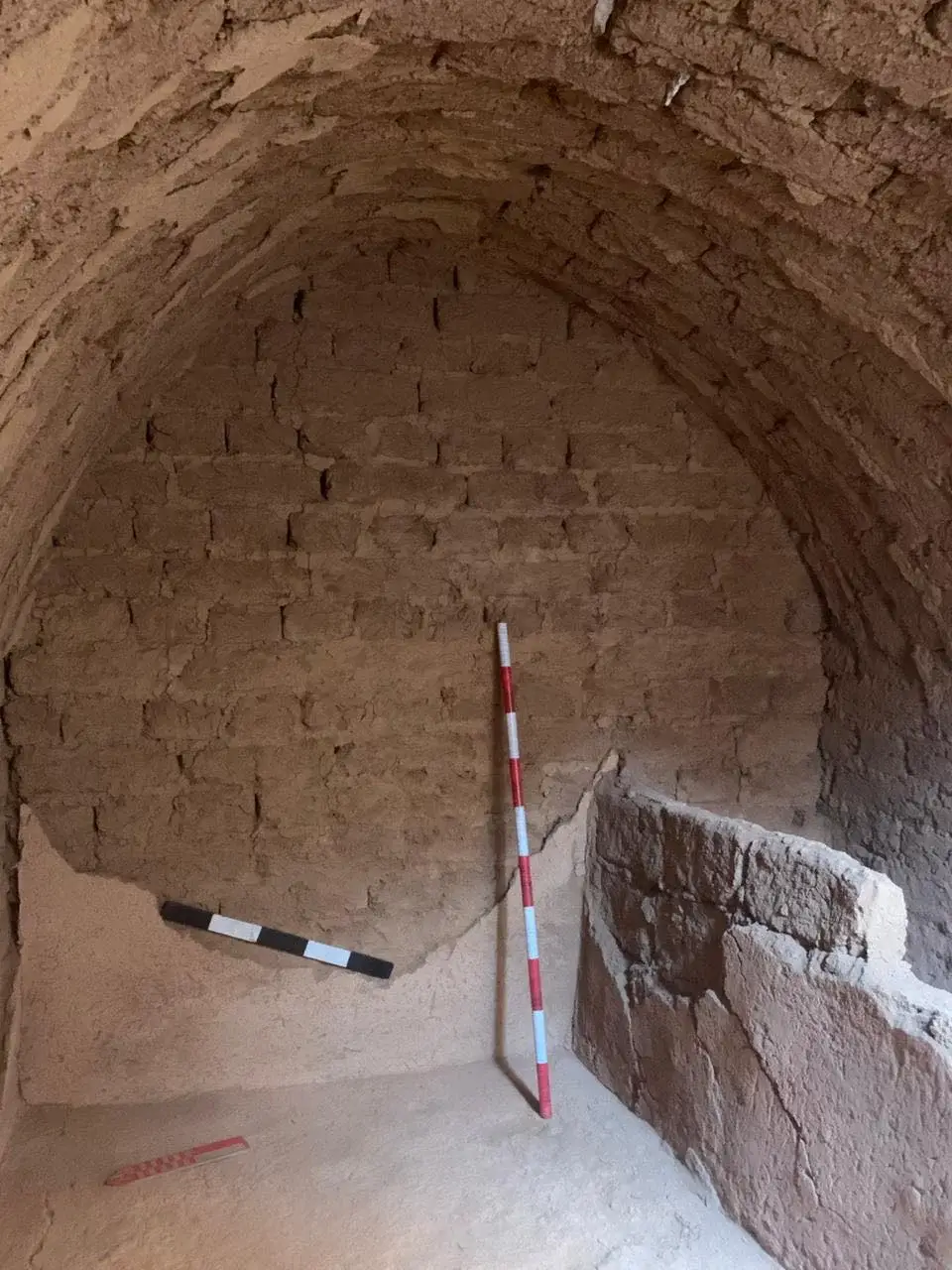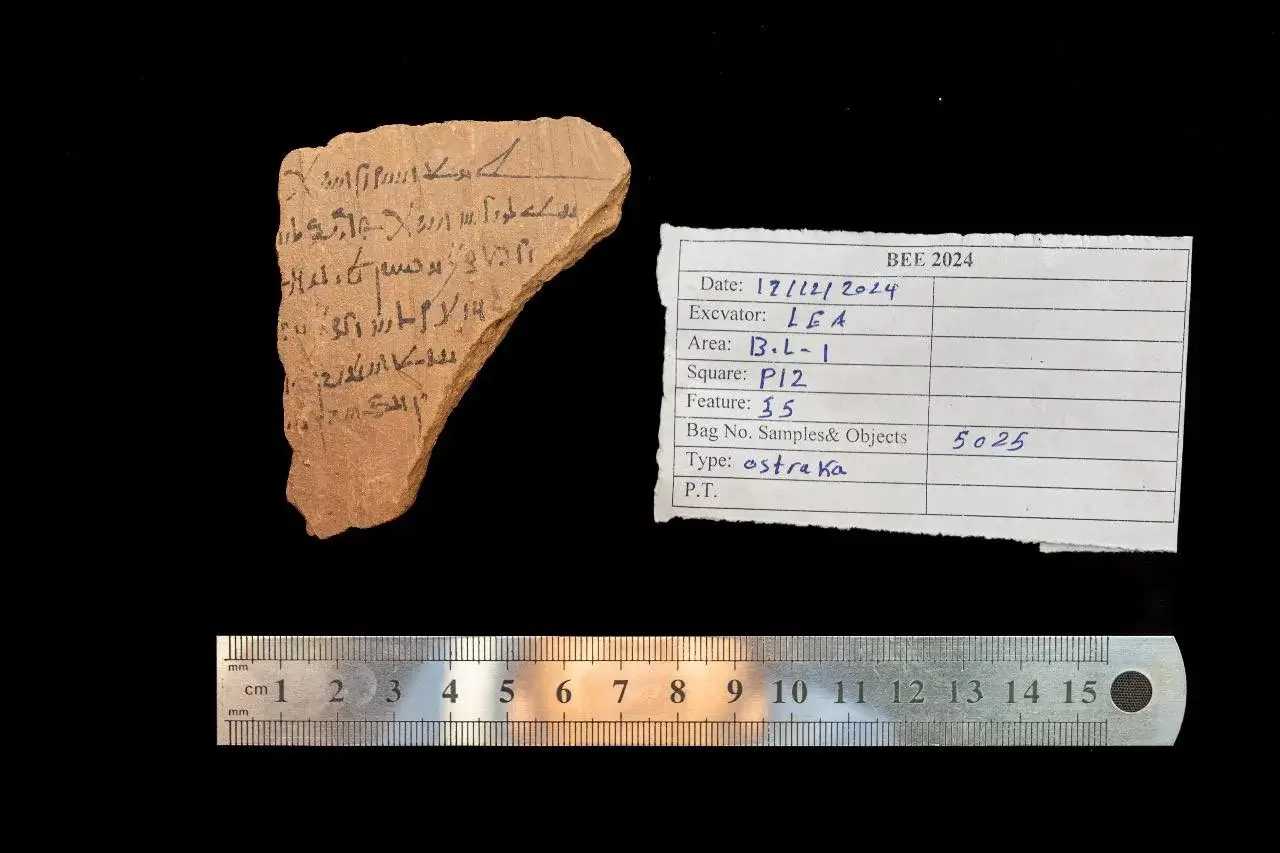
The Egyptian-American Archaeological Mission of the University of Pennsylvania in Philadelphia has discovered the tomb of an unknown king who ruled 3,600 years ago in the Abydos region of southern Egypt, Artnet reported.
The tomb is located about seven meters deep and contains a domed limestone burial chamber built of mud bricks. On either side of the entrance are the names of the Egyptian goddesses Isis and Nephthys. They are often depicted together, as Isis symbolized birth and Nephthys symbolized death.

According to researchers, the Abydos dynasty existed from 1630 to 1539 BC. At that time, the northern part of Egypt was ruled by the Hyksos, and the southern part by several local kings.
The name of the king who was buried in the tomb remains unknown. According to archaeologists, his name was written in images drawn on bricks in the entrance hall, but the hieroglyphs were damaged by grave robbers and are therefore unreadable.

The Secretary-General of the Supreme Council of Antiquities of Egypt, Muhammad Ismail Khalid, said that the discovery provides new scientific evidence about the development of royal tombs in ancient cemeteries on Mount Anubis. It also provides additional information about the rulers of the Abydos dynasty, which is the least studied.
At one time, archaeologists even doubted the existence of this dynasty. However, after the discovery of the tomb of one of the rulers of Abydos, Senebkai, the situation changed.

Archaeologists continue to study the area. They speculate that it is possible to find tombs of other kings from the same period here and thereby determine the identity of the owner of the newly discovered tomb. Read “Zamin” on Telegram!
Ctrl
Enter
Found a mistake?
Select the phrase and press Ctrl+Enter Related news
Information
Users of Меҳмон are not allowed to comment this publication.
Users of Меҳмон are not allowed to comment this publication.














